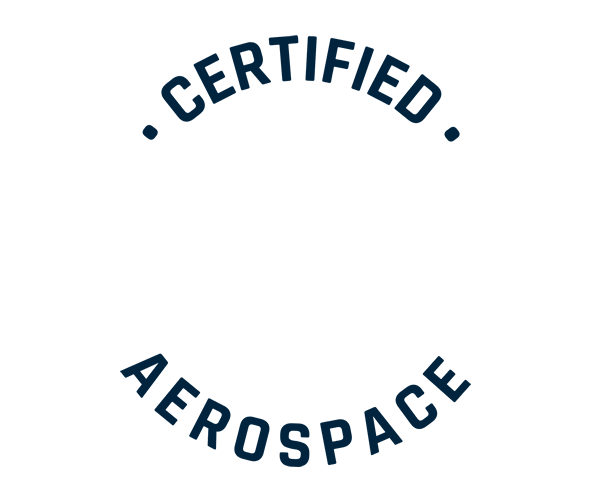High-pressure laminates (HPL) are vital materials in industries requiring durability, precision, and reliability. This article explores the properties, applications, and advantages of two specific HPL materials: AR 600 T23 and AR 600 P01. Additionally, we highlight their use as slides in vacuum pumps for the dairy industry.
Introduction
High-pressure laminates AR 600 T23 and AR 600 P01 represent modern, safer alternatives to asbestos-based materials historically used in industrial applications. For decades, asbestos fibers were prized for their heat resistance and mechanical strength in components like vacuum pump slides, but their use declined sharply due to severe health risks, including lung diseases and cancer. Today, these advanced composites based on aramid short fibers eliminate hazardous fibers while surpassing asbestos’s performance. Aramid is known from ballistic applications due to their mechanical excellence. The high mechanical performance also come handy for other industrial applications.
Both materials are built as layered composites: AR 600 T23 combines epoxy resin with aramid fabric for high thermal and mechanical stability, while AR 600 P01 uses phenolic resin bonded to aramid fabric, prioritizing wear resistance and low friction. Their fiber-resin matrices are cured under high pressure, creating durable, homogeneous structures ideal for demanding roles like vacuum pump slides in the dairy industry. By replacing asbestos without compromising performance, these laminates ensure safety and reliability in critical applications.
What are AR 600 T23 and AR 600 P01?
AR 600 T23 and AR 600 P01 are advanced composite materials designed for high-performance applications. They are manufactured by layering reinforcing fabric impregnated with thermosetting resin, followed by curing under high pressure and temperature. This process results in dense laminates with excellent mechanical, thermal, and electrical characteristics.
Key Properties
AR 600 T23
- Reinforcement: AR 600 T23 utilizes a fine weave aramid fabric that enhances its mechanical strength.
- Resin System: The thermosetting epoxy resin used in this laminate provides exceptional thermal resistance, making it suitable for high-temperature environments.
- Performance: Known for its dimensional stability, AR 600 T23 maintains its properties under extreme conditions.
- Applications: Ideal for industrial machinery requiring superior mechanical strength under high temperature e.g. vacuum pumps.
AR 600 P01
- Reinforcement: Incorporates a specialized fabric weave tailored to achieve specific electrical properties.
- Resin System: Optimized for chemical resistance and electrical insulation.
- Performance: Offers excellent arc resistance and track resistance, ensuring reliability in electrical applications.
- Applications: Frequently used in chemical processing equipment or industrial machinery e.g. vacuum pumps.
Benefits of AR 600 T23 and AR 600 P01
AR 600 T23
- High mechanical strength ensures durability in demanding applications.
- Chemical resistance ensures longevity in corrosive environments.
- Exceptional thermal stability makes it suitable for high-temperature operations.
AR 600 P01
- Extremely low thermal expansion coefficient. Ensuring tight dimensions over a broad temperature range
- Dimensional stability reduces wear and deformation over times
Key Differences Between AR 600 T23 and AR 600 P01
AR 600 T23 and AR 600 P01 are high-pressure laminates designed for demanding applications, but they differ significantly in composition, properties, and applications. Below is a detailed comparison:
Material Composition
- AR 600 T23: Composed of epoxy resin reinforced with a combination of aramid, carbon, and glass fibers. This blend provides excellent mechanical strength and thermal resistance, making it suitable for high-stress environments
- AR 600 P01: Made with phenolic resin bonded to aramid fabric. The phenolic resin enhances wear properties and chemical resistance, while the aramid reinforcement ensures durability and low thermal expansion
Mechanical Properties
- AR 600 T23:
- High mechanical strength capable of withstanding significant stress also under elevated temperatures
- AR 600 P01:
- High mechanical strength at lower density than AR 600 T23
Thermal Resistance
- AR 600 T23: Designed for high thermal stresses, suitable for applications requiring stability at elevated temperatures. Performs well under temperature cycling
- AR 600 P01: Temperature index of up to 180°C, ideal for moderate-high thermal environments
Wear and Friction Properties
- AR 600 T23: Offers good wear resistance
- AR 600 P01: Superior slide and wear properties with a very low friction coefficient
Applications
- AR 600 T23:
- Suitable for high-performance industrial machinery subjected to mechanical and thermal stresses.
- AR 600 P01:
- Ideal for sliding components in compressors and vacuum pumps due to its low friction and wear resistance.
- Frequently used as an asbestos substitute in chemical processing equipment
Why Choose These Materials?
The choice between AR 600 T23 and AR 600 P01 depends on the specific requirements of the application:
- Opt for AR 600 T23 when mechanical strength and thermal or chemical stability are paramount.
- Choose AR 600 P01 when mechanical strength and low coefficient of thermal expansion are necessary.
By leveraging their unique properties, industries can enhance operational efficiency while ensuring long-term reliability. These laminates represent cutting-edge solutions tailored to meet the demands of modern engineering challenges.
Our Product
AR 600 P01
Resin Material: Phenol
Reinforcement: Aramid
Applications: Slides for compressors & vacuum pumps
Discover the productOur Product
AR 600 T23
Resin Material: Epoxy
Reinforcement: Aramid
Applications: Slides for compressors & vacuum pumps, Slide bars
Discover the productDownloads

Composites for Industrial Applications
Dive into the world of composites. Discover our material solutions and their areas of application.
Download ↧




